The oleander flower carries deep spiritual meanings that go beyond its beauty and fragrance. It symbolizes both love and caution, making it a complex flower in spiritual traditions. Its meanings include themes such as spiritual growth, emotional healing, and protection, reflecting the flower’s powerful and sometimes contradictory nature.
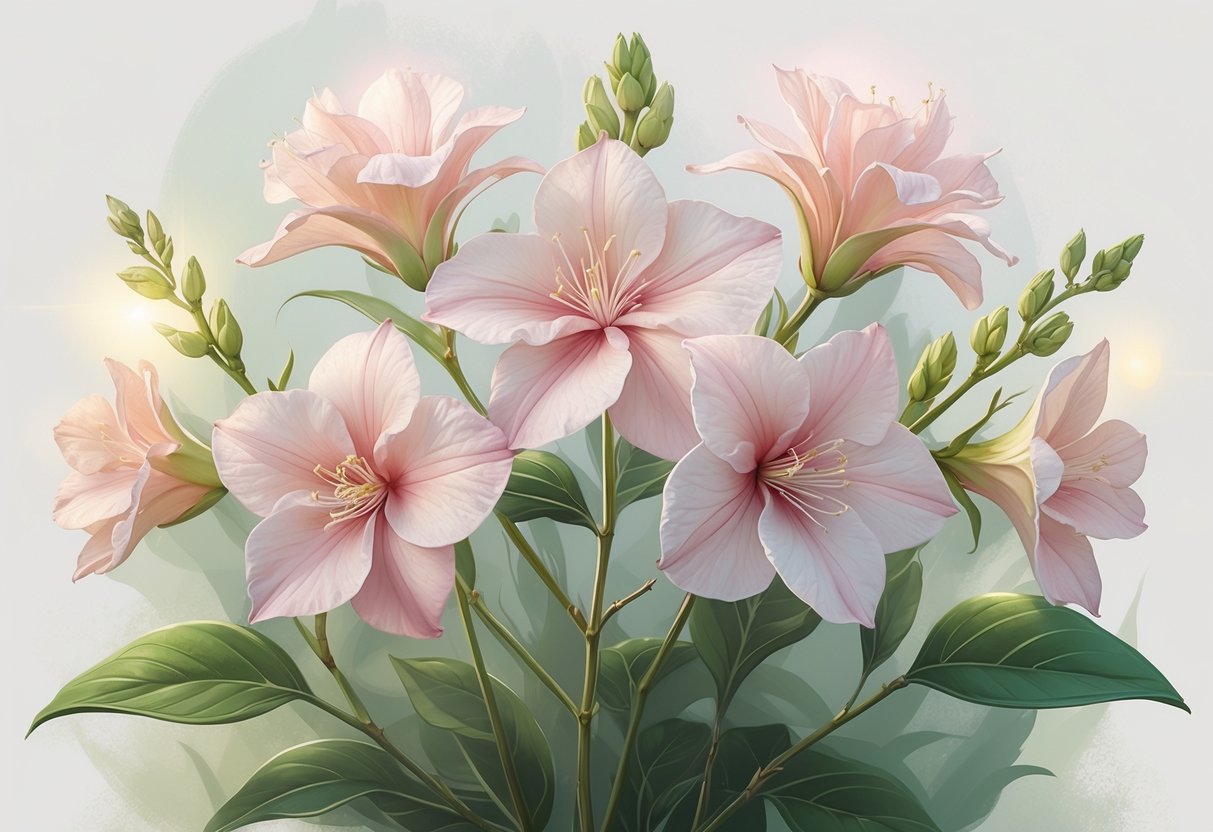
Many cultures associate oleander with transformation and resilience, as it thrives even in harsh conditions. Some see it as a symbol of purity and awakening, while others view it as a warning due to its toxic properties. Its spiritual energy is said to connect with inner wisdom and emotional balance.
Oleander also holds strong ties to femininity and healing, often linked to nurturing and compassion. At the same time, the flower reminds people to be mindful of hidden dangers, capturing its dual role in spiritual symbolism.
Key Takeways
- Oleander represents growth, healing, and spiritual awakening.
- It symbolizes strength and resilience through difficult times.
- The flower also warns of caution and hidden dangers.
Overview of Oleander Flower Spiritual Meanings
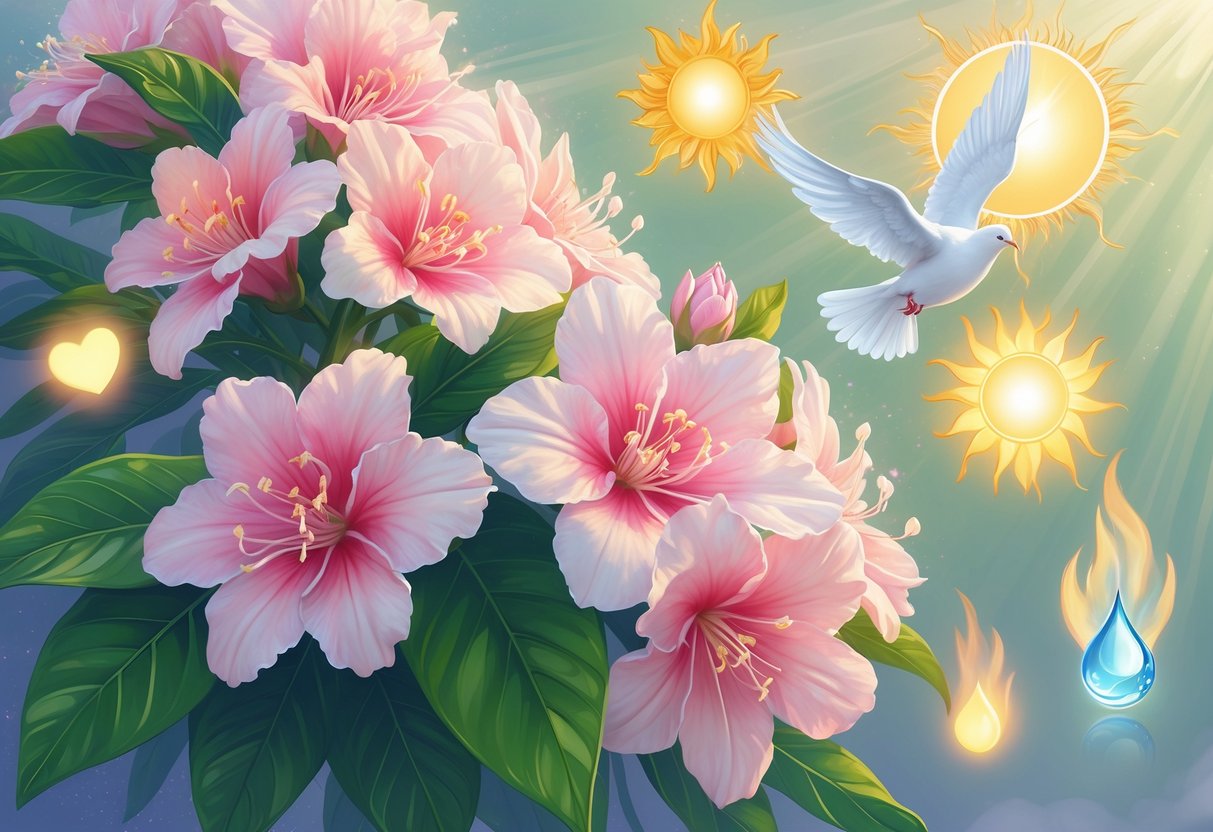
The oleander flower holds complex spiritual meanings tied to its physical traits and history. Its symbolism reflects both the beauty and danger of life, the power of love, and the need for caution in various situations. These ideas give it a unique spiritual depth.
Duality of Beauty and Danger
The oleander plant is well-known for its striking appearance and its toxic nature. Its flowers are bright and beautiful, often found in colors like pink, white, or yellow. However, the entire oleander plant is poisonous, which makes it a potent symbol of duality.
Spiritually, the oleander flower reminds people that beauty can hide danger. It suggests that not everything appealing is safe or good. This dual nature encourages awareness and discernment. The oleander’s toxic qualities serve as a warning to look beneath the surface, keeping one alert to hidden risks even in attractive or tempting situations.
This balance between charm and threat captures a key lesson about life’s complexities, emphasizing that caution should accompany admiration.
Love, Romance, and Attraction
Oleander carries strong associations with love and romantic attraction. Its ability to bloom and survive in harsh conditions represents enduring love and resilience. People often see the oleander flower as a symbol of deep affection that can withstand hardships.
Different colors express various aspects of romance. For example, pink oleanders relate to gentle and nurturing love, while red oleanders symbolize passion and courage in relationships. In spiritual terms, the oleander reflects not just physical love but also soulful connections that go beyond surface emotions.
Because of its vibrant beauty, the oleander flower encourages the idea of love that is both intense and lasting, reminding individuals of the strength required to maintain meaningful relationships.
Symbol of Caution and Warning
The poisonous nature of the oleander plant is a central part of its spiritual symbolism. The plant’s toxicity warns against careless or unwise decisions. Spiritually, it is seen as a symbol urging vigilance and careful judgment.
Oleander poisoning is dangerous, and this fact reinforces its meaning. It reminds people to protect themselves from harm, especially when faced with situations or people that appear harmless but could cause damage.
In this way, the oleander flower represents a spiritual alert—a call to be aware of hidden dangers and to approach life thoughtfully. It highlights the importance of recognizing risks even when things seem beautiful or promising.
Everlasting Love and Commitment
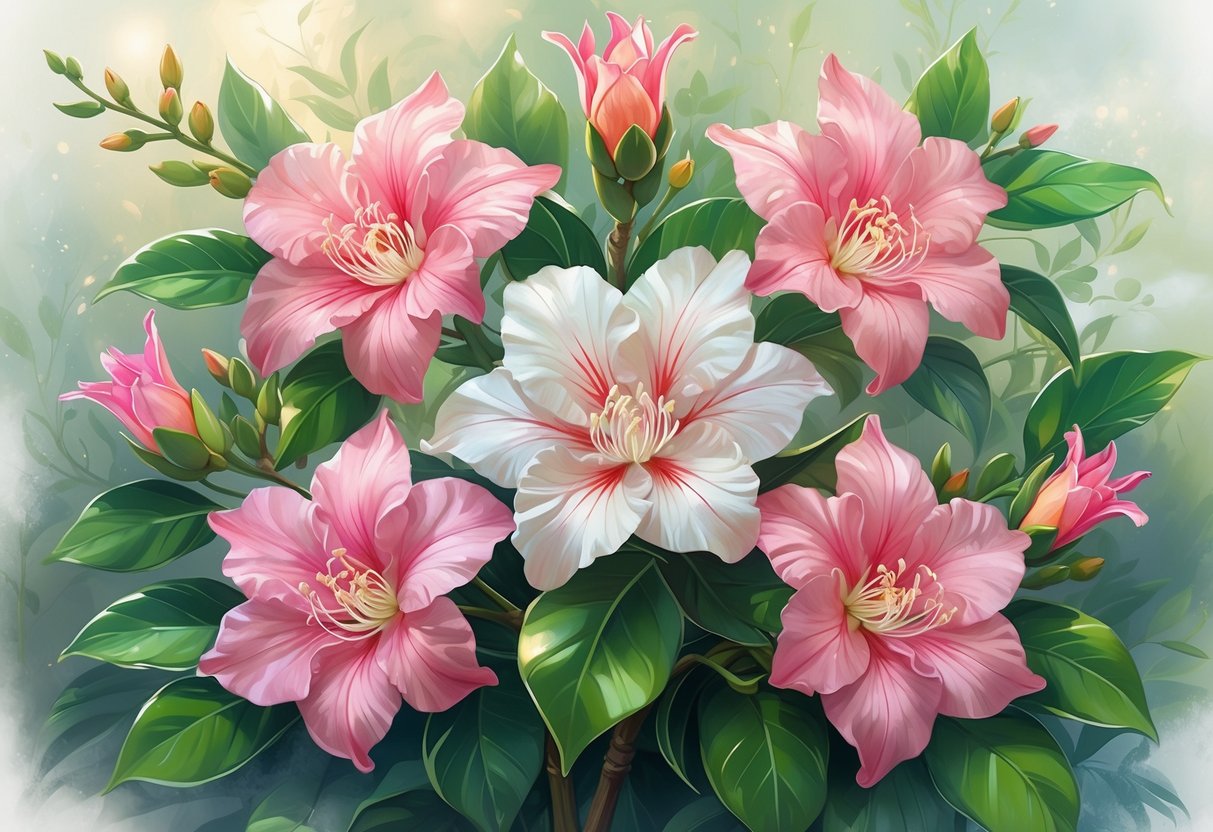
The Oleander flower is often seen as a symbol of lasting love and deep commitment. Its ability to grow and bloom even in harsh conditions reflects strength and endurance, qualities important in both myths and cultural expressions of love.
Mythological Inspirations
The Oleander’s connection to everlasting love has roots in ancient stories where it appears as a symbol of unending devotion. In some legends, it is linked to lovers who remained faithful despite separation or hardship. This ties the flower to the idea of love that transcends time and adversity.
Historically, the Oleander, also known as rose bay, was admired in Greek mythology for its resilience. Its presence in gardens and stories conveyed themes of protection and loyalty between partners. This helped the flower gain a spiritual reputation as a marker of commitment that survives challenges.
Romantic Symbolism in Culture
In many cultures, the Oleander flower stands for passionate and enduring love. Its vibrant colors, such as pink and red, are often associated with romance and strong emotions. This makes the flower a popular choice to express feelings in relationships.
The flower’s resilience in tough climates symbolizes how true love can thrive under pressure. People sometimes compare it to the rose of Jericho, another plant known for symbolizing renewal and eternal life. Together, these flowers highlight the idea that love can overcome obstacles while remaining beautiful and strong.
Transformation, Resilience, and Endurance
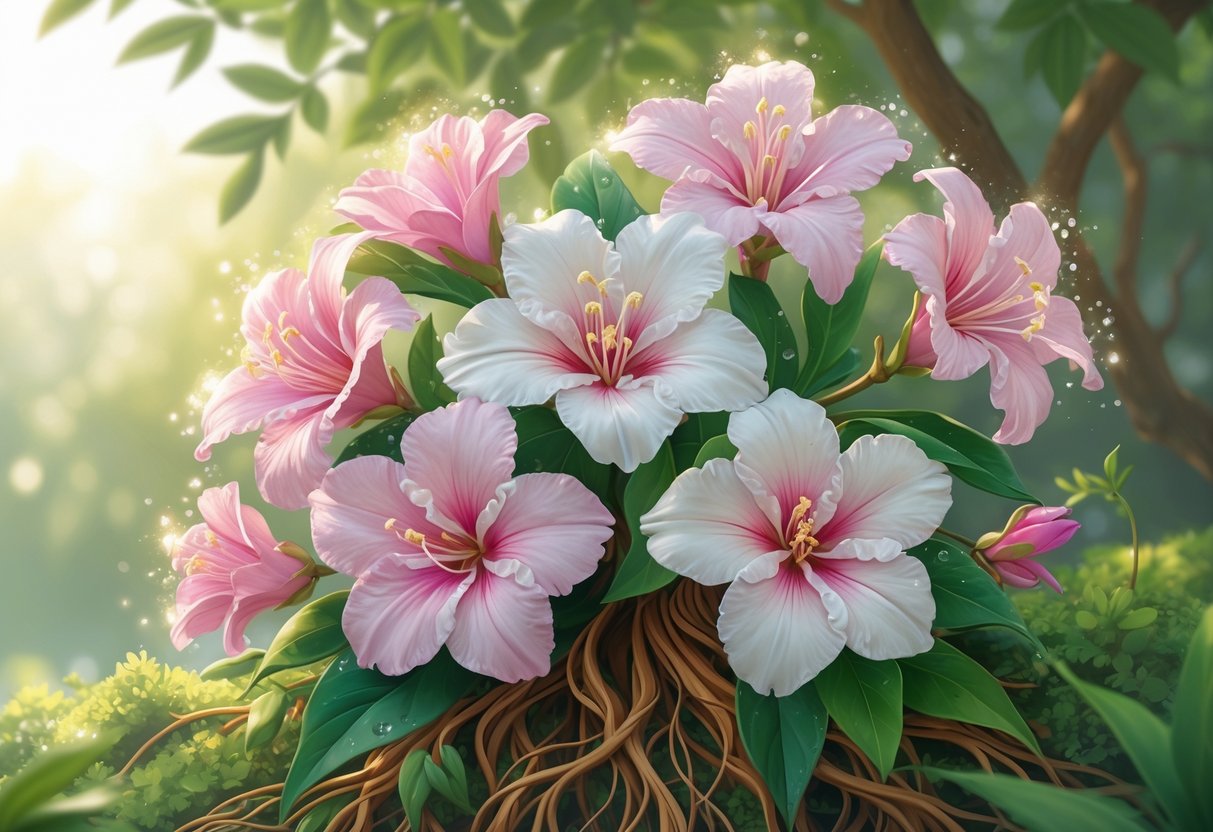
The oleander flower, scientifically known as Nerium oleander and part of the Apocynaceae family, represents strong themes of change, strength, and survival. Its ability to thrive in difficult environments and its symbolic links to personal growth highlight these qualities clearly.
Adaptability in Harsh Conditions
Nerium oleander thrives where many plants cannot. It grows well in dry, poor soils and hot climates with little water. This adaptability shows its strength and survival skills.
Because of this, oleander is often seen as a symbol of endurance against tough odds. Its evergreen nature means it stays alive and colorful year-round, even when conditions are harsh.
This quality makes oleander a reminder: survival is possible despite challenges. It encourages people to stay strong and keep going when facing difficulties in life.
Spiritual Growth and Renewal
Oleander symbolizes more than physical endurance. It also stands for personal transformation and spiritual renewal. Its ability to bloom after disasters, such as the atomic bombing of Hiroshima, reflects rebirth and hope.
Spiritually, the flower asks individuals to embrace change and personal growth. It supports inner healing, offering protection as one moves through tough or new phases.
Because oleander can be both beautiful and toxic, it teaches caution during growth. It warns to balance openness to change with wisdom to avoid harm.
Purity, Innocence, and Spiritual Awakening
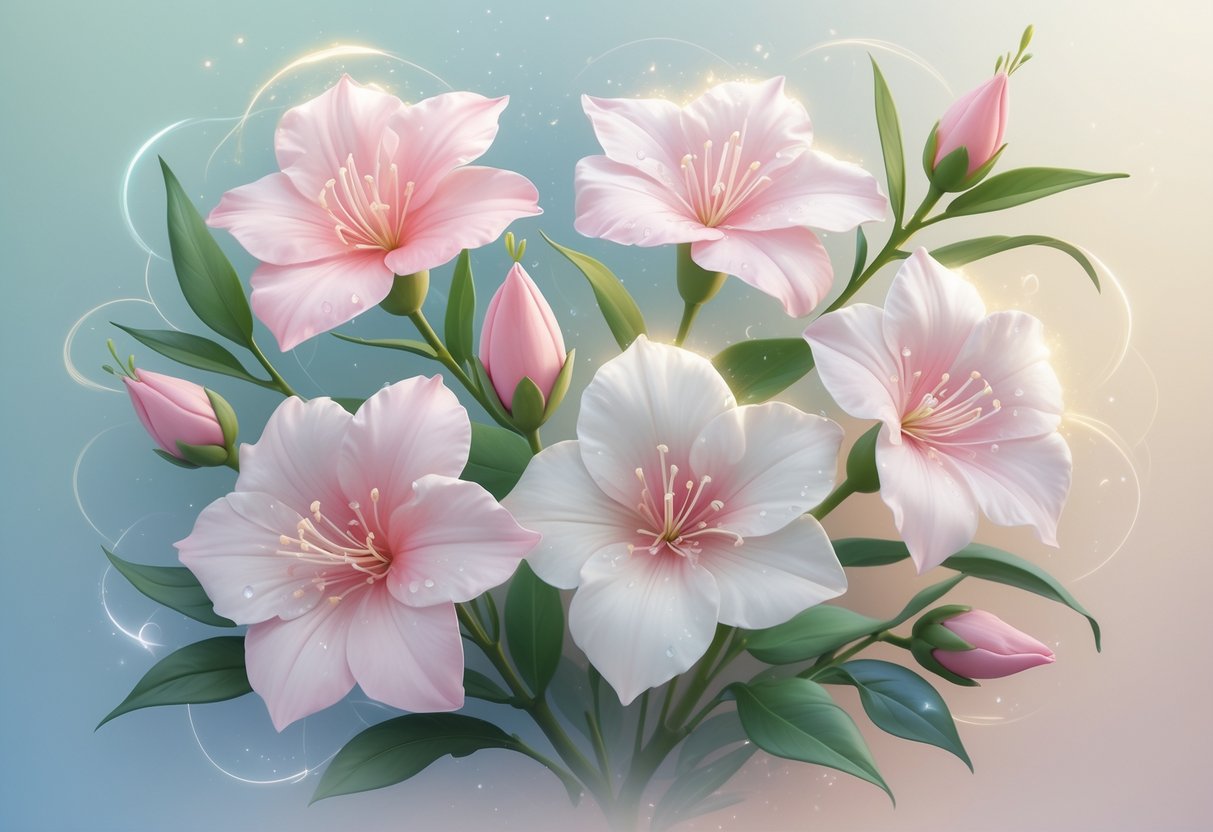
The white oleander flower carries deep meanings tied to purity and innocence, evoking a sense of untouched beauty. It also connects to spiritual growth, offering insights into awakening and enlightenment.
White Oleander Symbolism
White oleander is often seen as a clear symbol of purity and innocence. Its bright, pristine petals suggest simplicity and unblemished beauty, making it popular in ceremonies like weddings and baptisms.
Despite its delicate look, the flower’s toxicity reminds people to respect nature’s power. This dual trait creates a balance between beauty and caution. Cultures use the white oleander to represent clarity and new beginnings, linking it to moments when people seek fresh starts and pure intentions.
The flower’s ability to thrive in tough environments adds a layer of resilience to its symbolism. This mix of grace and strength makes white oleander stand out among spiritual flowers.
Spiritual Insights and Enlightenment
White oleander can symbolize spiritual awakening and clarity. In many traditions, white flowers represent divine light and guiding forces. Encountering white oleander may signal a call to connect with higher consciousness or inner wisdom.
Its presence can encourage reflection during challenging times, offering a reminder of the purity within the soul and the possibility of renewal. The flower also suggests spiritual protection, cleansing negative energy to bring peace and balance.
In this way, white oleander acts as a bridge between the material world and spiritual understanding, inspiring growth and deeper awareness.
Healing, Femininity, and Emotional Renewal
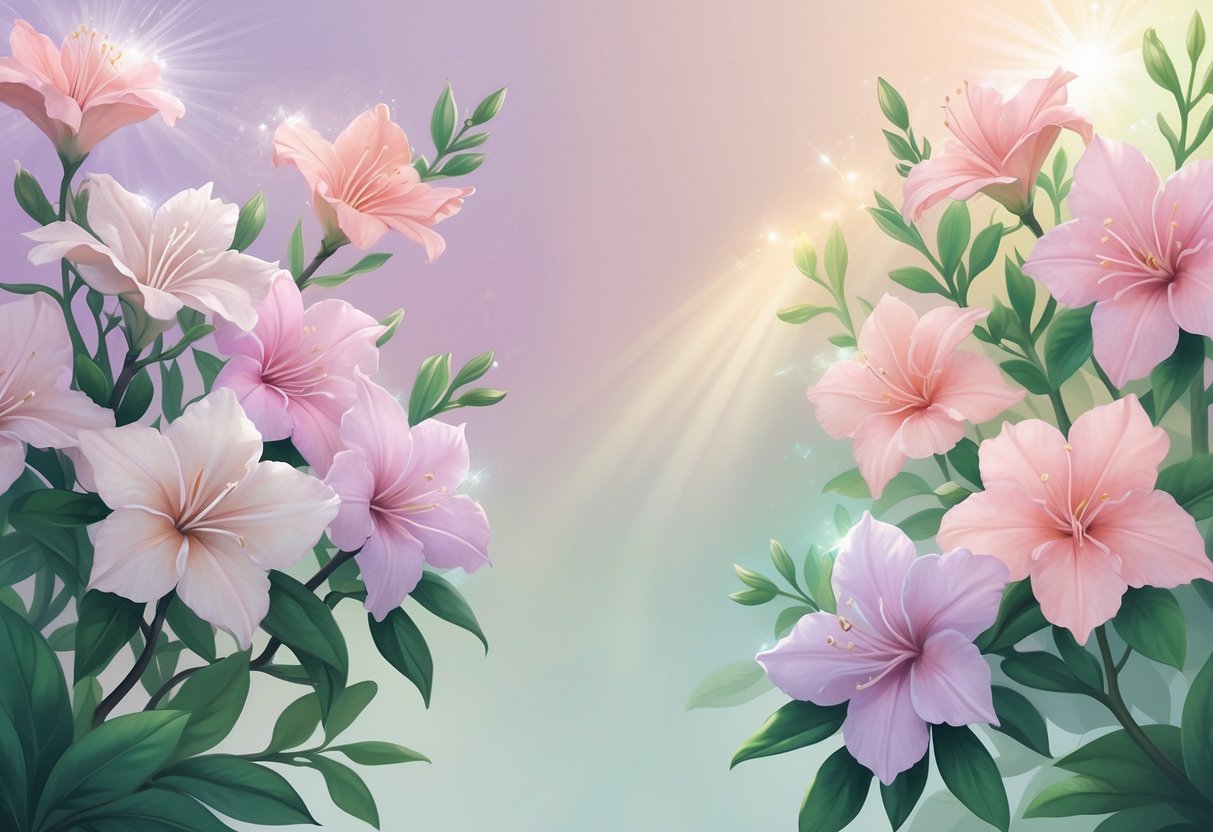
The oleander flower carries deep meanings related to emotional growth and feminine energy. Its colors, especially pink, are connected to love, healing, and nurturing oneself. These themes encourage openness to change and the care needed for emotional balance and renewal.
Pink Oleander Messages
Pink oleander symbolizes love, tenderness, and feminine energy. Its soft color often represents a deep emotional connection, such as romantic or maternal love. Seeing or receiving pink oleander can signal the importance of healing emotional wounds and fostering compassion towards oneself and others.
The flower also signifies transformation. It encourages facing emotional struggles with kindness and patience. Pink oleander acts as a reminder that healing is a process, and nurturing feelings can lead to strength and renewal.
Nurturing Love and Self-Care
The pink oleander’s energy promotes self-love and emotional well-being. It suggests taking time to care for one’s feelings and mental health actively. This flower urges a gentle approach to personal challenges, emphasizing balance between giving love outward and reserving love inward.
It also highlights the value of emotional support from close relationships. Pink oleander can inspire people to open their hearts, forgive past hurts, and build healthier bonds. This nurturing quality aligns with its representation of grace and healing energy in spiritual views.
Warnings, Danger, and the Shadow Side
The oleander flower carries strong warnings due to its toxic nature and the cultural beliefs surrounding it. Its beauty hides serious risks, and many stories emphasize caution and respect when dealing with this plant.
Cultural Taboos and Superstitions
In several cultures, oleander is linked to bad luck or danger because of its poisonous qualities. Some believe growing oleander near homes invites misfortune or harm. These superstitions serve as warnings to treat the plant with care and avoid close contact.
Red oleander, in particular, is sometimes seen as a symbol of aggressive energy or hidden threats. This adds to the caution many hold about the flower in spiritual and cultural contexts. Its use in rituals can be controversial due to the fear of negative effects.
Such taboos remind people that oleander is not just decorative but a powerful symbol with a darker side. Respect for its strength is a common theme in these beliefs.
Oleander’s Toxicity in Symbolism
Oleander contains oleandrin, a toxin that can cause serious poisoning if ingested. This toxicity shapes much of its spiritual symbolism, representing hidden dangers beneath beauty.
The poisonous nature warns against superficial judgments. Oleander’s toxicity is a metaphor for caution in relationships and decisions, highlighting risks that aren’t obvious at first glance.
Oleander poisoning can affect the heart and nervous system, showing how deeply spiritual warnings connect to physical harm. The presence of oleandrin reminds that charm can mask threats, urging awareness and protection.
This duality—lovely yet lethal—is central to oleander’s symbolic message. It calls for balance between appreciating beauty and recognizing danger.
Follow us on Social Media!
